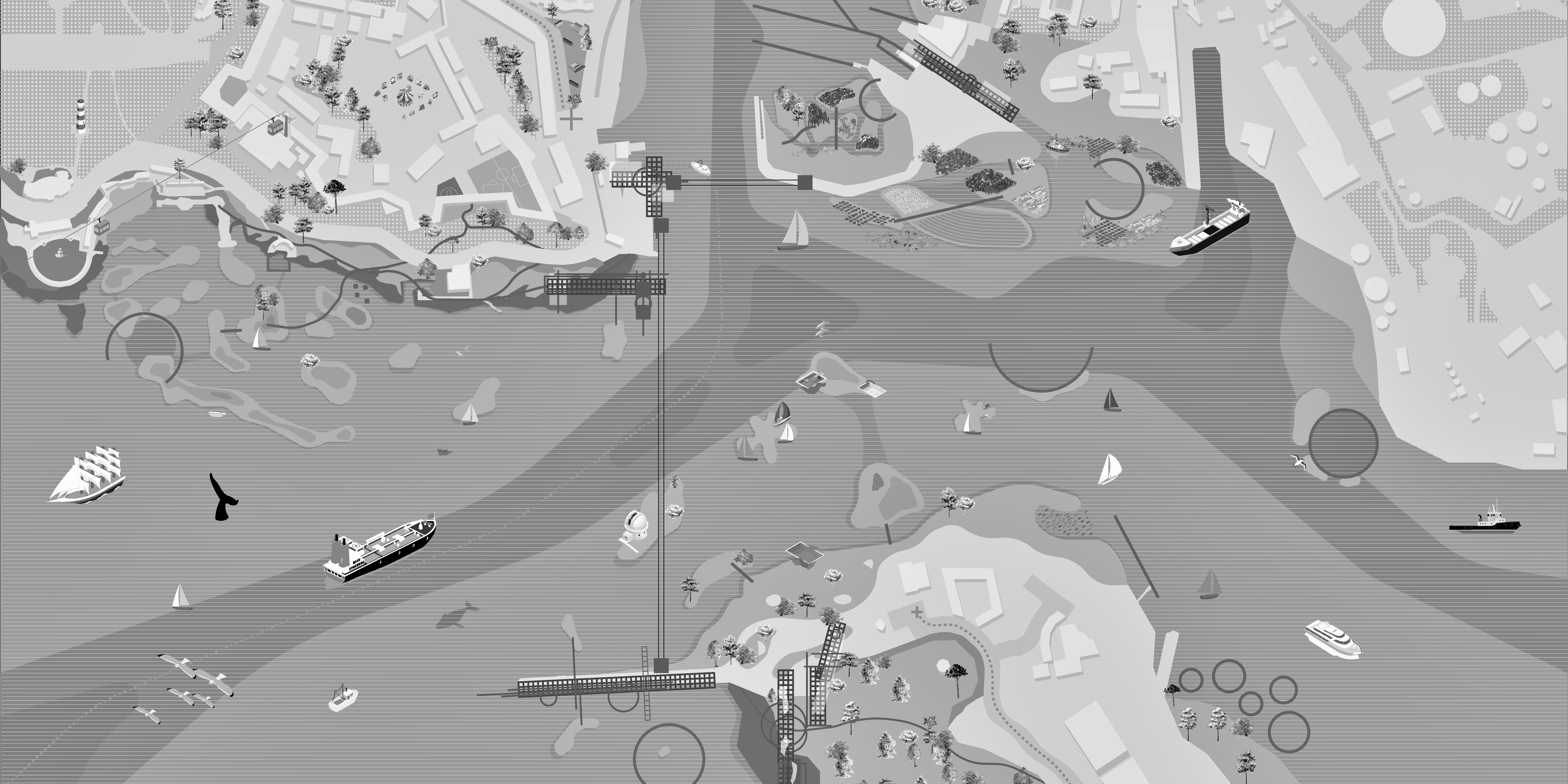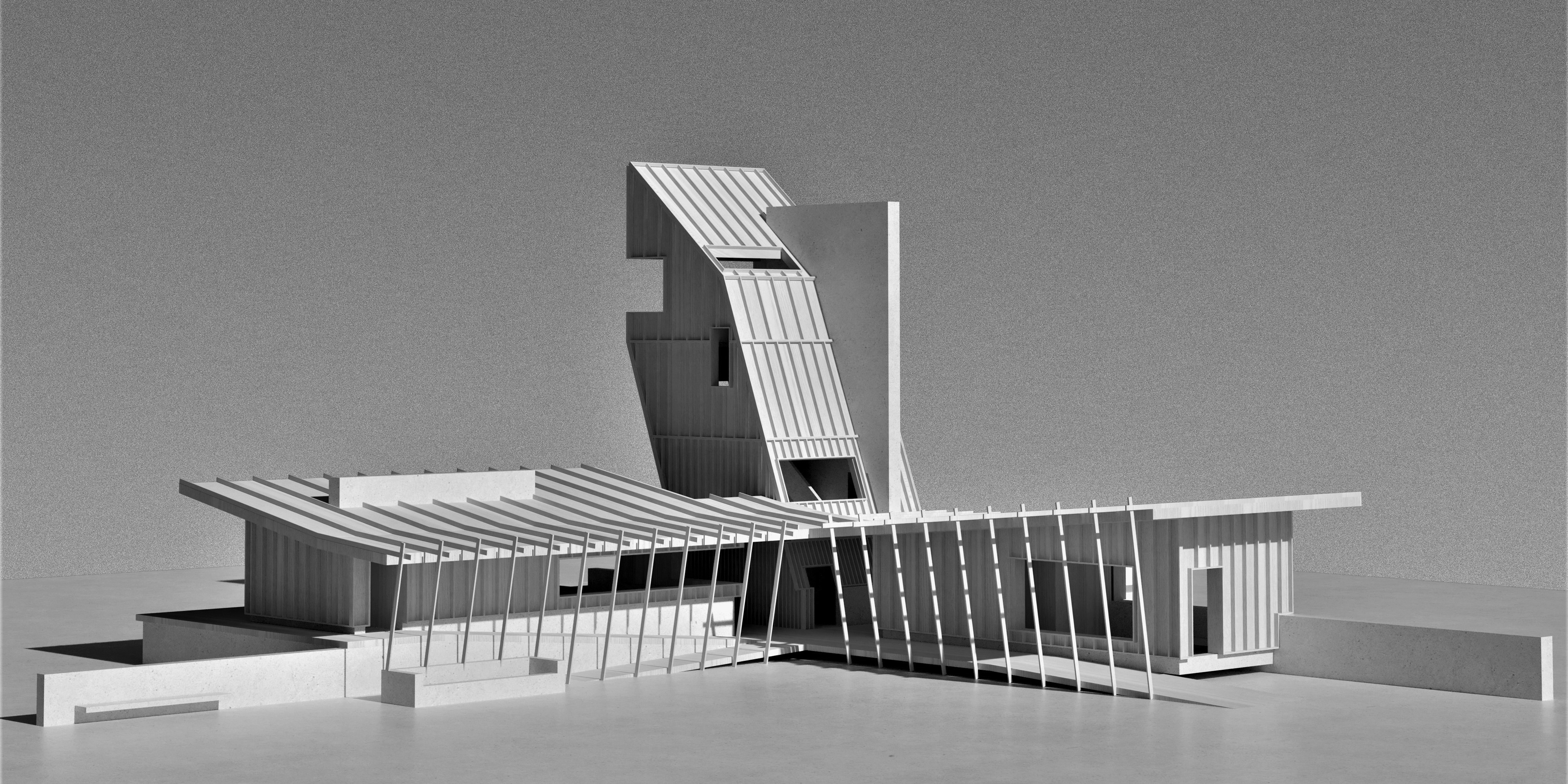Bound to the landscape
Exploring Plymouth’s time-line as an Archaeological Laboratory; the project aims to reveal, question and construct the history and knowledge of the ‘Britain’s Ocean City’, where it can be said layers of assumed imagery have stagnantly formed over the historic marine location. Sited within the scarred landscape of Mount Batten Peninsula, the project explores a scientific artefact and fossil-rich uncharted ground. The worlds of the archaeologist, the anthropologist and the civic everyday were sensitively intertwined, where the anthropologists act as a translator between these separated worlds, depicting the undiscovered stories of Plymouth’s rich heritage.
Evolving strata
An architecture that is anchored within found and hidden tales of worlds that were, where knowledge and artefact is of a vernacular condition. Strata is both announced and challenged, levels are in dialogue with one another, an architecture that provides base for unique ‘otherness’ and unknown moment to be embraced.
An uncovering of history
The proposal aims to challenge, reveal and explore beneath the surface of ground, to have ‘harmony with the landscape it both fits and takes possession of.’ (Ghost: Building an Architectural Vision, Brian Mackay-Lyons, Princeton Architectural Press, New York, 2008, p.174)
A harmony with land
An architecture that is silent, but is able to translate more clearly, speaking and listening to existing matter, allowing nostalgia unique to the participant to emerge.
Chapters of strata
An architecture that is initially an exploration into ground, searching for, and being shaped by, hidden stories of a time that was. An upper level comes to celebrate the land and its memory, shifting in definition and strata, supported by an evolving underworld, this more fluidly open level announces itself.
Revealing the vernacular
An architecture that allows the existing vernacular to use its voice, for everyday moments, knowledge and memory to be precious, yet shared.
Shaped by the lands memory
An architecture that is anchored within the landscape, yet explores multiple time periods of memory, where the stories the land tells of previous life not only show inhabitation, but pain and event.
A ritual within ground.
Conflicting fragments within multi-dimensions - not being restricted by a limited viewpoint. Fragments are consistent and transforming, turned into spatial analogues to form autonomous memories. Themes can share the values within the future, hope and sometimes paradoxes of life. (Young-min Koo, Kwang-ho Kim & Heung-jin Sul (2002) A Study on the Correlation between Aldo Rossi’s Drawing and De Chirico’s Painting on the Basis of Metaphysics, Journal of Asian Architecture and Building Engineering, 1:1, 303-308, DOI: 10.3130/jaabe.1.303)







